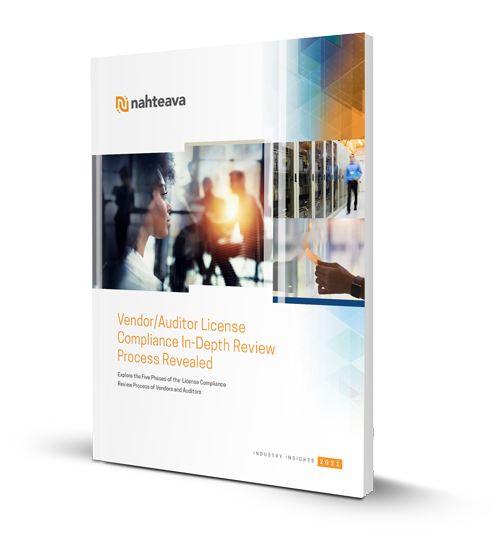White Paper
Vendor/Auditor License Compliance In-depth Review Process Revealed
Explore the five phases of the license compliance review process of vendors and auditors
More focus will be placed on compliance from both the vendor and the end-user perspectives.
With the increase in compliance activity that is going on in the business world, is there anything that you can do to avoid a license compliance event in the future? Not really, short of not buying software to help run your business, but who can afford to do that? Vendor compliance audits are fast becoming inevitable for mid- to large-sized companies. For the vast majority of organizations, the question is not if you get audited, but how many times and that larger organizations get audited more often.
The License Compliance Review process of vendors and auditors is broken out into 5 phases. Due to the flexible nature of the review process, not all reviews will go through all phases and may actually skip certain phases. All reviews begin with the Identification/Investigation Phase. The potential review candidates then go through the Internal Notification Phase. The approved review candidates then go through the Customer Notification Phase. During the Customer Notification Phase, some audits may be dropped, while most others will transition either to the Audit Phase (an actual audit – either a self-audit or an audit conducted by an independent auditor) or jump directly to the Settlement Phase. Each of these phases is described below in more detail.
Phase 1: Identification/Investigation
The Director of License Management will review all non-compliance leads and assign those leads to be actively investigated based on available resources and the nature of the leads. Once an Audit Manager is assigned a customer compliance target to investigate, a case file is created, and the investigation begins.
Using internal resources and external information, the Audit Manager compiles the information required to complete the Customer Review Packet. The packet contains four main analysis documents:
- Target Analysis Form – With three main sections that include purchase data, subjective indicators around asset management practices, and other external factors that may be known.
- Account Manager Questionnaire – Used to document issues from the perspective of the customer’s Account Manager.
- Purchase Reconciliation Form – Used to summarize all internal customer purchase data that must be obtained from the Account Manager.
- Contract Summary Form – Used to identify potential compliance issues that are specific to that customer contract. It is to include any amendments to the standard contract.
Read “Vendor/Auditor License Compliance In-depth Review Process Revealed” to learn in full detail the vendor process in deciding to audit your organization; to the complete License Compliance Review process of vendors and auditors broken out into five phases.


